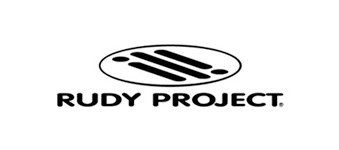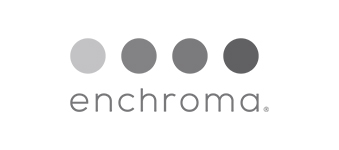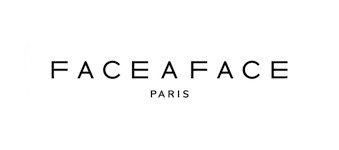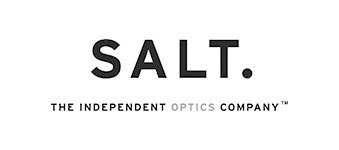In recent years, myopia, commonly known as nearsightedness, has become a growing concern, not just for children but also for adults. While it is widely recognized that myopia often begins during childhood, many people wonder, “Can adults develop myopia?” The answer may surprise you.
Even though it is more common to develop myopia in childhood, adults can develop myopia later in life. Getting regular eye exams can help determine if you have myopia.
Understanding Adult Myopia
Myopia, also known as nearsightedness, is a common refractive error where close objects appear clear, but distant objects are blurry. This condition occurs when the eyeball is too long or the cornea is too curved, causing light rays to focus in front of the retina instead of directly on it. Myopia can develop gradually or rapidly, often worsening during childhood and adolescence. It can be inherited or influenced by environmental factors such as prolonged close-up tasks like reading, using digital devices, or spending significant time indoors.
Lifestyle factors may also play a crucial role in the development of myopia. Spending more time outdoors in natural light can help reduce the risk of developing this condition. Symptoms of myopia include squinting, eye strain, headaches, and difficulty seeing distant objects such as road signs or classroom whiteboards. If left uncorrected, myopia can increase the risk of developing more serious eye conditions, such as glaucoma, cataracts, and retinal detachment.
Corrective lenses, such as eyeglasses or contact lenses, are the most common methods to manage myopia. For those seeking a more permanent solution, refractive surgery options like LASIK or PRK can reshape the cornea to improve vision. Additionally, newer treatments like orthokeratology (ortho-k) involve wearing specially designed contact lenses overnight to temporarily reshape the cornea, providing clear vision during the day without the need for glasses or contact lenses.
Regular eye exams are essential for early detection and proper management of this condition. Early intervention can help slow the progression of myopia in children, potentially reducing the severity of the condition in adulthood. Eye care professionals can provide tailored advice and treatment options based on individual needs, ensuring optimal eye health and vision clarity..
Can Adults Develop Myopia?
Yes, adults can develop myopia. While it is more common for myopia to start in childhood, there are various factors and lifestyle changes that can lead to its onset in adulthood. Prolonged periods of near work, such as reading, using computers, or looking at smartphones, can contribute to the development of myopia.
Additionally, a lack of outdoor activities and genetic predisposition can also play a significant role. Understanding these causes and adopting preventive measures, such as taking regular breaks from screen time, spending more time outdoors, and having regular eye check-ups, can help protect your vision and reduce the risk of developing myopia in adulthood.
Causes of Adult Myopia

Genetics
If your family has a history of myopia, also known as nearsightedness, your chances of developing this condition significantly increase, even into adulthood. Myopia is a common vision impairment where distant objects appear blurry while close ones are clear. This genetic predisposition for myopia can be inherited from one generation to the next, underlining the importance of regular vision check-ups, especially if you’re aware that myopia is prevalent in your family tree. Early detection and proper eye care can help manage the condition effectively, ensuring better eye health and vision quality over time.
Prolonged Near Work:
The rise in activities that necessitate prolonged close focus, including reading, smartphone usage, and computer work, has been linked to an increase in the incidence of myopia, or nearsightedness. Research indicates that engaging in visual tasks at close range significantly boosts the chances of developing myopia. This condition, where distant objects appear blurry while close ones are clear, is becoming more prevalent due to the digital age’s demands on our eyes.
Implementing regular breaks during these activities and practicing optimal eye ergonomics are critical preventive measures. One effective strategy is the 20-20-20 rule, which suggests taking a 20-second break to view something 20 feet away every 20 minutes. Such practices can help mitigate the eye strain that contributes to myopia, promoting better eye health in our screen-saturated world.
Environmental Factors:
Research has shown that spending less time outdoors is associated with an increased risk of developing myopia, or nearsightedness. This condition, which affects the ability to see distant objects clearly, has become more prevalent in recent years. To counteract this trend, it is recommended that individuals, especially those engaged in close-up work such as reading or using digital devices, take frequent breaks to rest their eyes.
Additionally, allocating time to be outdoors is not only beneficial for eye health but also contributes to overall well-being. The natural light and change of focus from close objects to distant ones can help in maintaining better vision health.
The Path Towards Myopia Care
While myopia is often associated with childhood, adults are not exempt from developing this common eye condition. By understanding the causes and taking preventive measures, you can reduce your risk and maintain good eye health. If you notice changes in your vision, don’t hesitate to consult an eye care professional.Stay proactive about your eye health, and remember that regular check-ups are key to catching and managing any eye issues early on. For more information and personalized advice, consider booking an appointment with Brighton Eyecare in Saskatoon, SK for your next eye exam.









